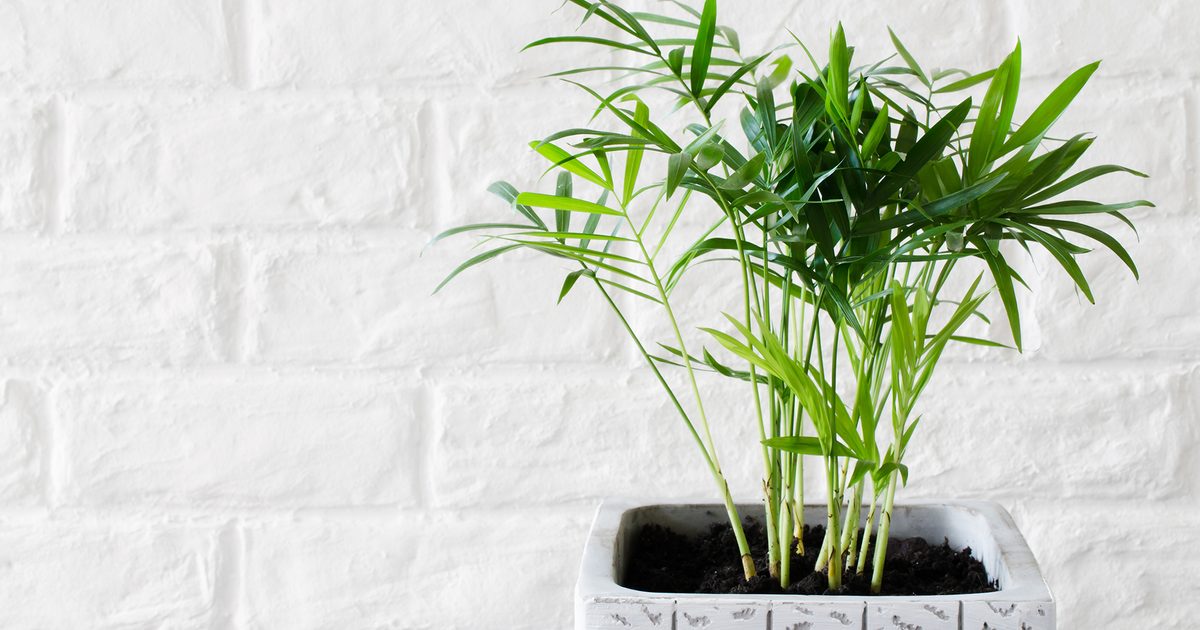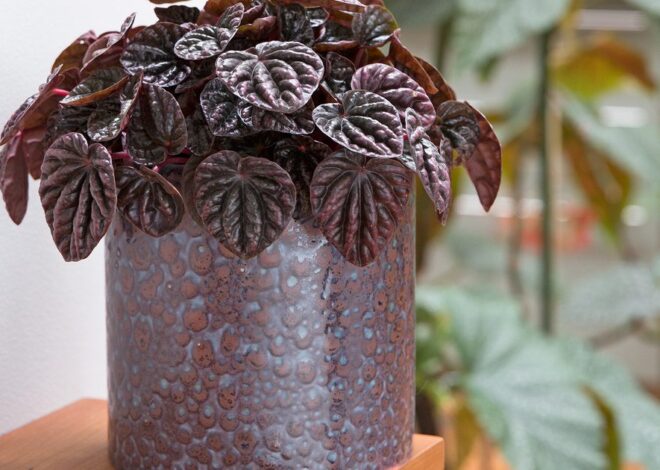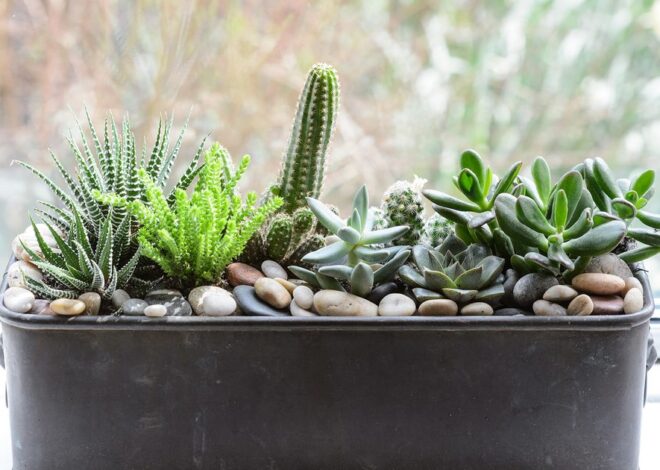
Parlour Palm (Chamaedorea): Caring for Parlour Palm Crops
[ad_1]
Tips on how to develop parlour palm
The parlour palm is a low upkeep plant however a bit of additional care will hold it wanting good. Preserve out of direct daylight and water solely when the highest few centimetres of compost have dried out in spring in summer season; cut back watering in winter. Feed with liquid feed as soon as a month in spring and summer season. Mist the plant a number of occasions per week.
Extra on rising parlour palm:
Parlour palm: soar hyperlinks
The place to develop a parlour palm
Parlour palms do greatest in shiny, oblique gentle however will tolerate a little bit of shade. Keep away from direct daylight, as this can scorch the leaves, and avoid draughts. Parlour palms want a heat room – ideally round 18°-24°C, with a minimal of 10°C.
Tips on how to plant a parlour palm
Plant your parlour palm into a mixture of soil-based and peat-free, multi-purpose compost, right into a pot with drainage holes. Parlour palms do greatest when cosy of their pot so solely repot when rootbound (you will see roots popping out of the underside of the pot). Repot right into a barely bigger pot solely, in spring. You might want to do that solely each three years.
Caring for a parlour palm
Water completely at any time when the highest few centimetres of compost have turn into dry – this can be fairly frequent in heat climate. Be certain that the compost is evenly moist however not soggy and let any extra drain away. Water much less in winter, maintaining the soil simply moist.
Parlour palms can tolerate dry air however it could actually trigger the leaf tricks to flip brown. Mist a few occasions per week to stop this.
Minimize off any brown fronds on the base – it is regular for these to die off on occasion. Feed as soon as a month in spring and summer season with a weak liquid fertiliser.
Wipe the leaves sometimes to take away mud. A fast resolution is to face your plant below a tepid bathe, and even higher – stand it exterior throughout a summer season downpour.
Tips on how to propagate a parlour palm
One of the best ways to propagate parlour palm is by dividing it. While you repot the plant in spring, it’s possible you’ll discover {that a} stem on the edge comes away naturally. Alternatively, you’ll be able to minimize a stem or clump away utilizing a pointy knife. Make certain some roots are hooked up. Repot right into a recent pot of potting compost.
In case your plant has flowered and produced fruits, you possibly can let the fruits dry out then have a go at sowing the seeds. They want a temperature of 27°C to germinate, so you will want a heated propagator.
Rising parlour palm: downside fixing
Brown leaf ideas are widespread on parlour palms. The principle motive is that the air is simply too dry. It could even be too chilly, or the plant might have been below watered. You’ll be able to minimize the brown ideas off, however don’t minimize into inexperienced progress as this can simply create brown ideas once more.
Yellowing leaves is regular on decrease leaves as they age. Widespread yellow leaves in your parlour palm might imply that the plant is sitting in an excessive amount of direct solar. It may be attributable to under-watering.
Brown fronds on the base are regular – simply minimize these away. Widespread brown leaves might point out overwatering – parlour palms don’t like sitting in chilly, soggy compost.
Brown patches may very well be attributable to sunburn. Transfer your plant out of direct daylight.
Boring leaves which have misplaced their shine might imply that the environment isn’t humid sufficient. Misting will assist.
Crimson spider mite can have an effect on areca palms. The leaves and stems of the plant might be lined in nice webbing and the higher floor of the leaf turns into mottled. If you happen to look fastidiously, utilizing a magnifying glass, you will note mites and eggs on the undersides of the leaves. Enhance air circulation enhance humidity. Alternatively, use sprays containing, fatty acids or plant oils.
Mealybugs could also be an issue – look out for bugs that appear like white, fluffy blobs on the undersides of leaves. Wipe them off with a humid fabric or cotton bud that has been soaked in an insecticide that comprises fatty acids or plant oils. Preserve checking the leaves, as mealybugs will be exhausting to eradicate.
You may additionally spot scale bugs – small, brown sap sucking bugs which are round 6mm lengthy. Wipe off as with a cotton bud or fabric soaked with an insecticide containing fatty acids.
Recommendation for purchasing a parlour palm
Here is our recommendation for purchasing a parlour palm (Chamaedora elegans), together with the place to purchase a parlour palm.
- Test that you’ve got the fitting spot in your parlour palm – out of direct sunshine and away from draughts.
- Test the plant has shiny, wholesome inexperienced leaves and no indicators of pests or illness.
The place to purchase parlour palms on-line
[ad_2]
Supply hyperlink


